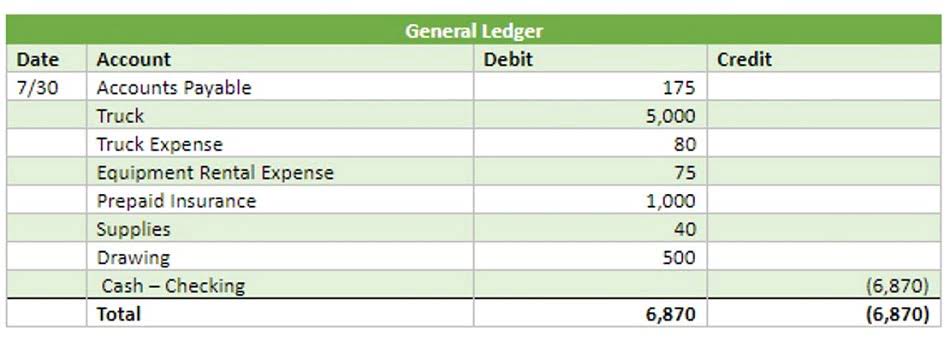
Full-time equivalent, or FTE, is a calculation human resource managers use to determine how many full-time employees they have on staff. To get this figure, they add the hours paid to all employees (full-time, part-time, etc.) and divide that by the number of hours a full-time employee would work over a given period. Mixing up FTE and headcount in budget planning can lead to significant miscalculations. Full Time Equivalent (FTE)is the unit of measurement that measures the ratio that represents the hours worked by an individual employee within a week, generally from Monday to Friday. With the help of Full Time Employee hours, the companies can identify their full-time employees and part-time staff members. In fact, any working for hours less than full-time but more than part-time can also be identified and paid accordingly.
How To Calculate FTE in 5 Steps

FTE full-time equivalent can be used for planning upcoming projects and the total number of people to be scheduled for these tasks, both full-time or part-time. Imagine that, with the same FTE, an employee can deliver 100 units, while another only delivers 30. In this case, the calculation may show that the first professional is overqualified for the position, whilst the other needs more training and development. For example, the UK’s National Insurance Contributions (NICs) are calculated based on an employee’s weekly earnings. There are companies that have a significant number of people working part-time, i.e., workers who spend only a short time in the company. Especially when they try to drill down and find companies of a similar size in the same industry or sector.
Measurement of Full-Time Equivalent

Using the FTE measure, businesses can effectively evaluate the productivity levels per employee. Having an accurate https://www.bookstime.com/ understanding of how much output each full-time worker produces allows managers to make comparisons across individuals, shifts, departments, or even different locations. Under this act, the eligible employers with at least 50 FTEs on average during the previous calendar year would be subjected to the IRS’s employer shared responsibility. If your project is estimated to need 250 hours of work to complete, take those 250 hours and divide them by 8 hours, a normal full-time workday. You’re left with 31.3 (rounded to the nearest tenth) which is equal to how many full-time employees you would need to fulfill those 250 hours of project time.

Resource Allocation
- Five of them work full-time (40 hours per week), three occupy a part-time position each working 20 hours a week, and the other two each work 10 hours per week.
- It is used to measure the number of full-time employees that a group of employees or an organization’s workforce represents.
- It is a way of adding up the hours of full-time, part-time and various other types of employees into measurable ‘full-time’ units.
- An applicable large employer means that you have 50 or more full-time employees or a combination of full- and part-time with a total FTE of 50.
- For faculty and staff, FTE is used to measure the total number of work hours, which is then compared to a standard full-time workweek.
To find the equivalent of a full-time day, divide the total number of hours by 8. Five of them work full-time (40 hours per week), three occupy a part-time position each working 20 hours a week, and the other two each work 10 hours per week. Multiply the total hours worked in a week by 52, the number of weeks in a year, to find the number of hours worked annually.

- For example, the Affordable Care Act (ACA) healthcare provision requirements are directly tied to the size of a business as indicated by its FTE.
- For these organizations, 32 hours would be considered full-time and equal to 1 FTE.
- FTE comes in handy when analyzing your workforce and deciding whether hiring a part-time or full-time employee is more cost-efficient.
- In the realm of project management, Full-Time Equivalent (FTE) is a valuable tool for ensuring the efficient allocation of resources and tracking workforce contributions to project success.
- To delve further into the matter, let’s look at how FTEs are calculated.
- The Internal Revenue System (IRS) defines full-time hours as 30 hours a week (or 130 hours a month) and above.
Typically, companies consider 40 hours per week as full time and full-time employees have a FTE of 1.0. By counting fte finance meaning hours rather than employees, FTE allows you to combine the part-time workforce’s hours and determine the number of full-time workers needed to work those hours. To calculate FTEs, add together the number of hours worked by all part-time employees and divide that total by the number of hours worked by full-time employees. Full-Time Equivalent and refers to the total number of full-time hours completed by an employee who is either on company roles on a full-time or part-time basis or a contract.

FTE vs. headcount vs. hours
- Headcount helps Human Resources plan and ensure the company has the correct number of skilled employees.
- In contrast, companies that emphasise ethical computation of FTE send a clear message about their commitment towards administrating fair conditions for their workforce.
- Many jurisdictions calculate payroll taxes based on the total number of FTEs, making it imperative for businesses to understand and correctly calculate their FTEs.
- This perspective allows for a more accurate budgeting process, as labor costs are often the most significant expense for organizations.
- Labor laws and regulations often establish benchmarks based on FTE counts and managing compliance with these regulations is easier with accurate FTE data.
For example, you can adjust to account for overtime hours bookkeeping or special one-off projects requiring additional resources. Sum up the hours part-time employees work and divide that by the standard full-time work hours. This calculation allows you to determine the FTE value for each part-time employee. For example, let’s say you have a 100-hour project to complete within a week. Based on a 40-hour FT workweek, you’d need two full-time workers and one 0.5 FTE part-time employee.
